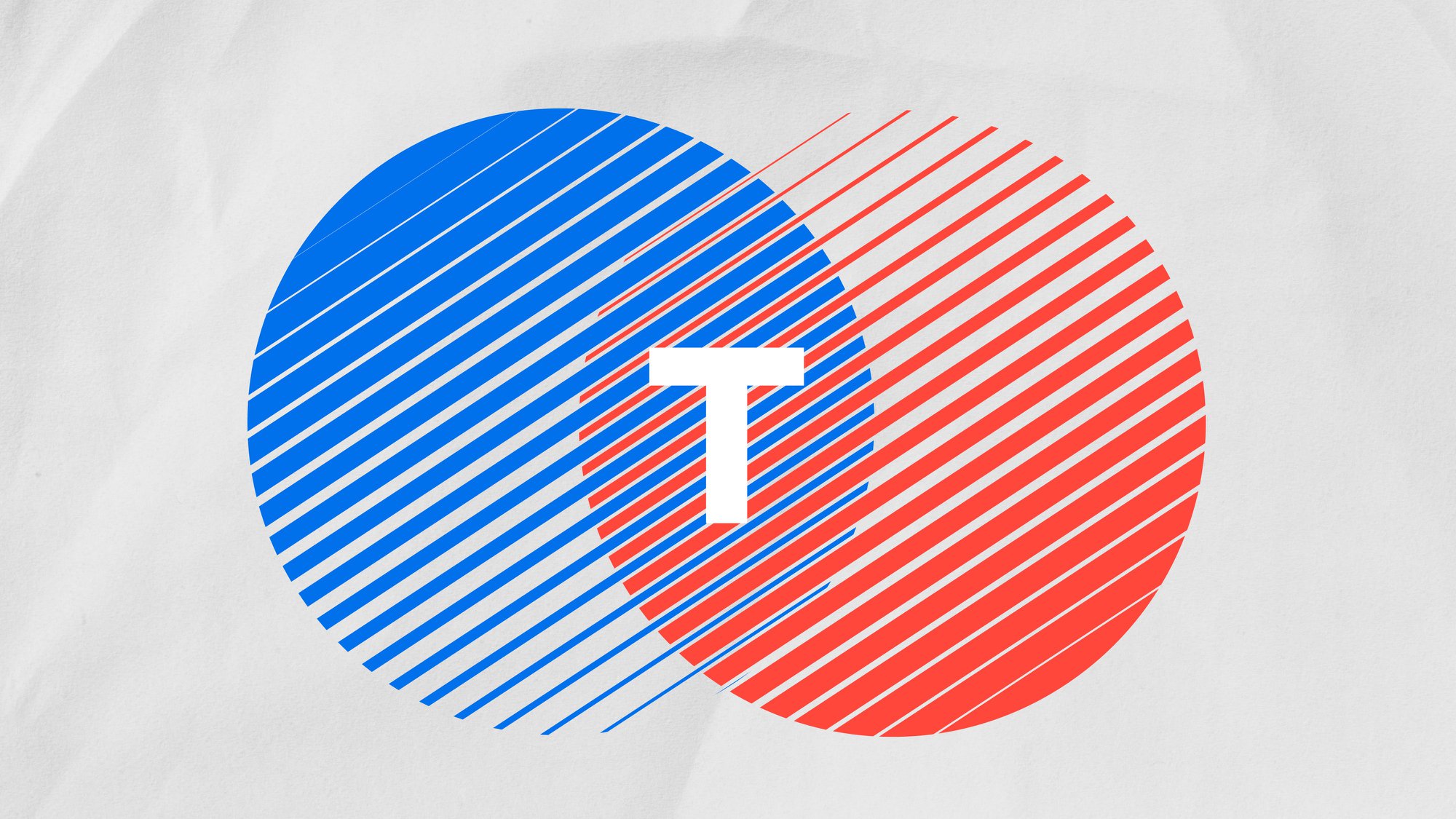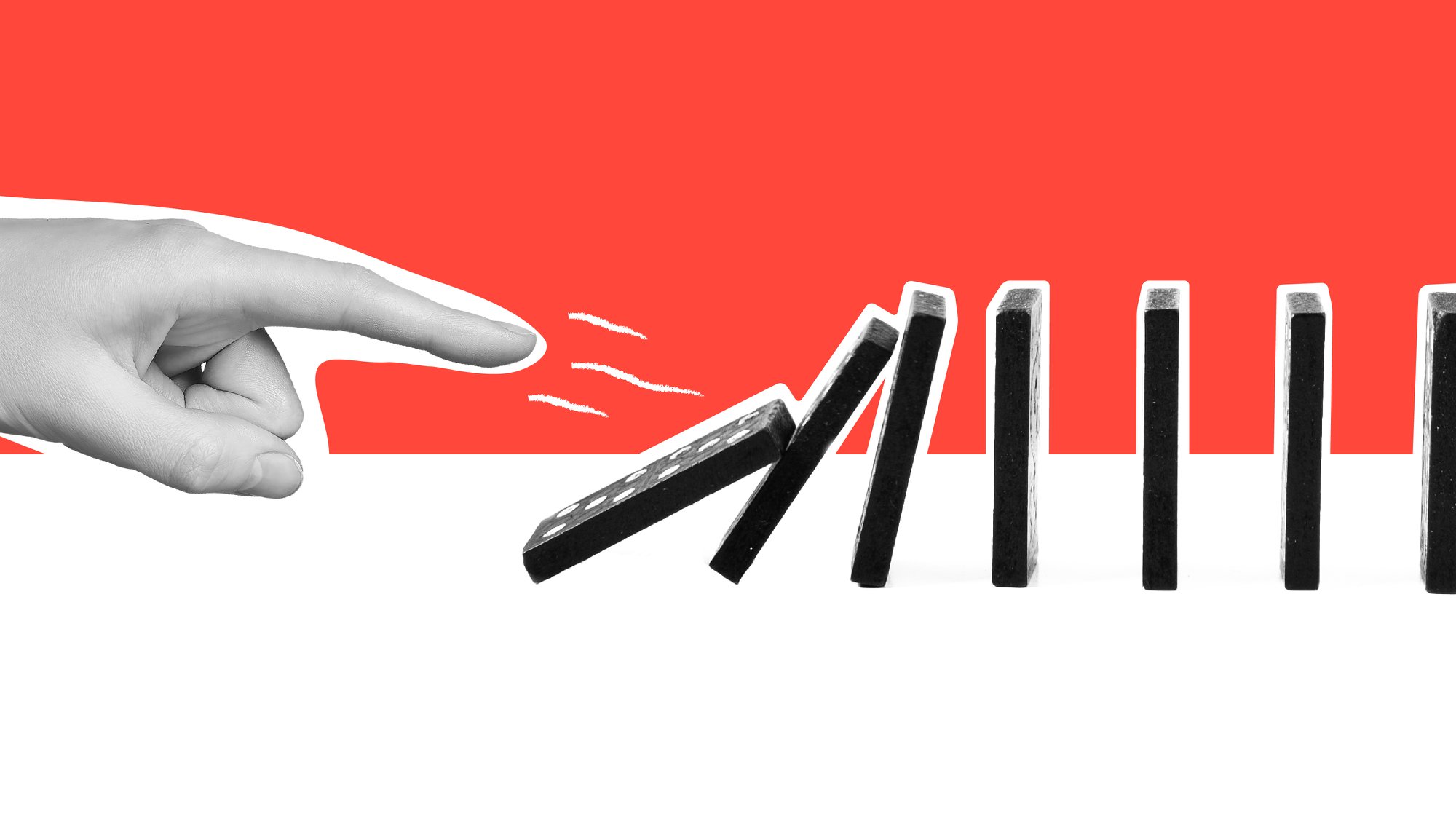AI and your brand: 3 risks to creativity and credibility

AI has become an integral part of how we work today, informing strategy, driving simplification, efficiency, and sustainable growth. But, while it is a powerful tool, it also poses risks to creative distinctiveness and credibility.
The main concerns, which we’ll explore in more detail, centre on creative homogenisation, the erosion of brand voice and authenticity, and impersonal customer interactions.
Since AI typically draws on existing patterns and datasets, if there’s an over-reliance on AI to provide the answers, brands can face the danger of blending in with repetitive, formulaic content that can lack the originality, emotional depth and nuance critical in differentiating one brand from the other.
Brands achieving the best results tend to use AI as a tool for insight, ideation, and scaling. Their success stems from maintaining strong human oversight and judgement to ensure content remains authentic, distinctive, and aligned with the core brand.
So, let’s explore the key risks in more detail and understand how we can get the balance right.
1. Creative homogenisation

The joy and power of creativity often lie in trials, errors, and learning – the process of developing not so good ideas that lead to great ideas.
Creative excellence is born from exploration, serendipity, mistakes, collaboration and deep understanding of the purpose and context of a challenge.
With AI and its focus on efficiency, this process of exploration can be truncated. Which can be handy at certain points in the process but damaging at others. As noted in Forbes, the danger is that things start to converge and everything begins to look the same – which goes against the purpose of branding.
Reminiscing on key advertising works from Cannes for Creative Salon, Harjot Singh interrogates the impact AI has on brand creativity and stand-out appeal:
Because the risk with AI is not creative annihilation. It’s creative erosion. The slow dilution of taste. The flattening of expression into trend-driven sameness. When everything is optimised, tested, templated – what’s left to remember?
It’s a ripple effect where brand uniformity becomes so commonplace that customer expectation is lowered and a universal creative erosion occurs. If this happens, the entire landscape of brand must be redefined.
And without a clear creative differentiator, how will brands survive?
2. Loss of brand voice and authenticity
In response to Guess’ recent campaign for Vogue, featuring an AI model, Forbes Australia coined the backlash it received as a ‘rejection of perfection’.
Interestingly, according to Getty Images Visual GPS research, for today’s customers perfection actually doesn’t sell.
Perfection is a barrier to connection, and is it believable? As with true creativity, brand authenticity comes from our imperfections, the little human clues. And that is what makes us human.
The (all too obvious) AI model with her uncanny face and blemish free skin in Guess’ campaign is so disconcerting that it begins to detract from the actual clothes. And the clothes, surely, are the whole point!In this example, the lack of authenticity directly impacts the brand.
In this example, the lack of authenticity has posed questions that begin to impact the brand. And it begs the question: can anyone truly connect to a literal fabrication?

The same applies to other types of content – including copy. As our creative copywriter, Venetia Taylor, discusses in a previous blog exploring the concept of the Uncanny Valley in marketing using AI:
We’re consuming content that is very almost human, but not. And, on the whole, we don’t like it.
Over-reliance on AI without judgement may result in content that does not fully capture the brand’s true personality. This weakens the emotional connection needed for strong recall and loyalty.
3. AI and impersonal customer interactions
For B2C brands, overuse of AI in customer communications can begin to cause a myriad of problems. Bias being one of them.
Research from AIMultiple includes sexism and racism as biases AI may hold. Because when you think about it, AI gathers its data from existing information supplied by humans – and some of that, as you can imagine, is prone to biases.
As AdvertisingWeek note:
Algorithms trained on biased data can perpetuate stereotypes, especially in advertising that relies on demographic profiling.
Similarly, AI makes errors. Awkward ones. It’s not always empathetic, the way humans are. It’s not always factually correct either. Sometimes, it says the wrong thing. And when trust is key in retaining customer loyalty, this can start to chip away at that.
Even if you know you’re speaking to a robot, you don’t necessarily want to know. Much rather, you would ideally want to feel as if you’re speaking to a credible spokesperson who represents the brand you have come to know and love.
The bottom line is, when AI is left to its own devices with a vast arena of data at its metaphorical fingertips, without regulation and a critical (human) eye, it can begin to undermine the foundations of your brand. And in turn, that begins to alienate customers.
How can brands balance AI with human insight

AI should never be a replacement for human creativity and critical thinking, but rather a catalyst. So, here are some practical ways to strike this balance:
- Use AI for the heavy lifting, not the finishing touch: Generate first drafts, trend analysis, or data-led insights, then assess, use judgement, common sense, and add nuance, wit, and emotional intelligence.
- Build in human checkpoints: Ensure all AI-generated output is reviewed by people who understand the context, brand voice and values before it goes live.
- Blend data with cultural context: AI can surface what’s trending, but only us simple humans can really interpret cultural nuance and create meaning that resonates with specific audiences.
- Evaluate with empathy, not just efficiency: Move beyond A/B testing click rates. Dig deeper to understand and evaluate whether the message feels authentic and builds trust.
This approach helps safeguard originality, ensure emotional depth, and protect the brand from the pitfalls of over automation.
Final thought
AI is here to stay, and its potential to transform marketing is undeniable. But as with any tool, the value depends on how we use it. Left unchecked or taken at face value, it can erode creativity, dilute brand, and it could alienate customers. Used wisely, it can free up human teams to do what they do best – imagine, empathise, and innovate.
The businesses that will stand out in the coming years are those that:
- Harness AI for efficiency but never let it take the place of craft and intuition.
- Invest in human creativity as their most valuable differentiator.
Prioritise authenticity over perfection, and connection over automation.




